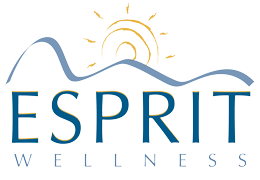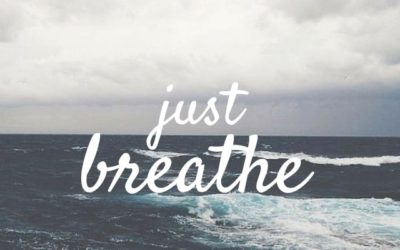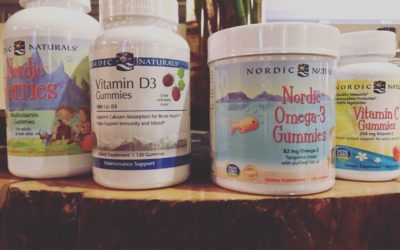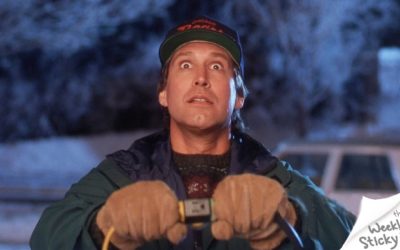ACUPUNCTURE
Acupuncture originates from the Chinese culture more than 2,000 years ago and is the oldest medicinal system that is actively practiced up to the current day. This holistic system, called Traditional Chinese Medicine (or TCM), is based on the theory of Yin and Yang, or harmonious interconnection, and uses the modality of acupuncture to restore imbalances in the body and treat afflictions. The sterile treatment needles are skillfully inserted into a combination of specific points along the surface of the body in order to stimulate the patient’s inherent self-healing abilities. These acupuncture points, and the complex meridian system they are organized upon, have classically been likened to an interconnection of rivers and streams that nourish all the vital functions of the individual. When the body’s vital force, usually referred to as Chi, flows smoothly then there is health. Pain and disease result when there is obstruction of free flow within this meridian system. Thus the chief purpose of acupuncture is to regulate the flow of Chi, and in so doing, restore the individual’s optimal health state.
WHAT CONDITIONS DOES ACUPUNCTURE TREAT?
Acupuncture has been used to treat a variety of health conditions, but is typically most effective in managing pain and stress. Because of its powerful effect on the nervous system, acupuncture is an excellent supplement to treat chronic pain and disability that has otherwise achieved little or no benefit with conventional treatment.
DOES ACUPUNCTURE HURT?
Acupuncture may initially produce a brief pinching sensation during the insertion of the needle. Some point locations are much more sensitive, such as the hands and feet, compared to other regions, such as the upper back. In many cases, the more sensitive points have a stronger therapeutic effect. Therefore, it is important for the patient to “sense” the presence of the needle during skillful manipulation at each point. Some may describe this sensation as a “heaviness,” “tingling,” or “fullness” in the local area. Each person reacts differently to acupuncture, and each treatment is tailored to meet the needs of each individual patient. If there is no feeling beneath the needle, then there is no therapeutic benefit!
WHAT TYPES OF NEEDLES ARE USED IN ACUPUNCTURE?
Acupuncture uses extremely thin, sterile, single-use, disposable filiform needles of varying lengths. These non-hollow needles are made of stainless steel and function more like hair-like filaments, rather than hypodermic needles used for injections. The needle insertion procedure is considered clean, and there is never any medicine or ointment applied to the needle tip.
WHERE ON THE BODY ARE THE NEEDLES INSERTED?
Acupuncture point selection is a highly specialized process and varies considerably from patient to patient, and likewise from practitioner to practitioner. The availability of acupuncture points on the surface of the body falls between the top of the head and the bottom of the foot, and comprises a total of 361 traditional meridian points. However, considering these points are mirrored on the opposite side of the body, plus any “unofficial” tender spot can also be used as a valid treatment point, there is really an infinite number of possible areas to needle. If there is a personal concern with needling a particular region, the acupuncturist can accommodate you by selecting other, secondary points to treat.
WHAT OTHER MODALITIES ARE USED WITHIN THE SCOPE OF ACUPUNCTURE?
Acupuncture can employ supportive modalities, as appropriate, to augment the effectiveness of the needle treatment. These modalities are determined by the acupuncturist depending upon each patient’s need and are applied either directly or indirectly to acupuncture points.
A licensed acupuncturist in NYS can apply: warming methods, such as moxibustion (burning of mugwort herb) and TDP lamp (infrared light); manual techniques, such as Tui Na (Chinese massage), cupping, and acupressure (point pressing); and electrical stimulation
WHAT IS THE DIFFERENCE BETWEEN ACUPUNCTURE AND DRY NEEDLING?
Acupuncture is an independent, holistic, and comprehensive system of needling based on Eastern TCM theory. Dry needling is a localized, symptom-based treatment technique dependent on Western Medicine principles of breaking up muscle spasms. In simplified terms, dry needling is one type of acupuncture technique that can be used on one particular group of acupuncture points, called “ashi (or sore) points.”
Currently within NYS, the insertion of needles, whether using Eastern or Western theory in treatment, can only be provided by a licensed acupuncturist or medical doctor.
IS ACUPUNCTURE ASSOCIATED WITH ANY SORT OF SPIRITUALISM OR RELIGIOUS PRACTICES?
Acupuncture initially developed from ancient Chinese principles of balance and moderation to life practice, and is historically most closely related to the philosophy of Taoism. Although there are some clinics that seem to interject, or even outright promote, a New Age spiritualism to their acupuncture practice, this does not conform to the traditional way acupuncture is to be practiced. It is essential to understand that within Chinese culture, acupuncture and the energetic concept of Chi is treated as a science. That is, it is the foundational element of a system with predictable and testable outcomes. Despite Chi being unable to be measured directly through instrumentation, the secondary effects of its movement are clearly felt by the individual and even observed on functional MRIs of the brain.
BREATH & FUNCTIONAL EXERCISE
Almost nothing is ever counseled on the subject of breathing at either the beginning or advanced levels of training. Occasionally one will receive the obligatory disclaimer, “Exhale while lifting,” or “Don’t hold your breath!” Even the exercise participant himself...
Nutrition Wellness: Truth about Supplements
Nutrition Wellness: Truth about supplements As nutrition wellness advocates, ESPRIT WELLNESS encourages you to turn to a diet of nutrient rich foods to ensure optimal nutrition. However, clients suffering from specific conditions, feel that their circumstance require...
Chiropractic: Turn the POWER on!
Clark Griswold stands with bated breath and extension cord in hand as a childlike giddiness overtakes him. The family drum roll commences, he makes the anticipated electrical connection and VOILA... nothing happens. Clark has a power problem. Although the extension...



